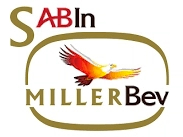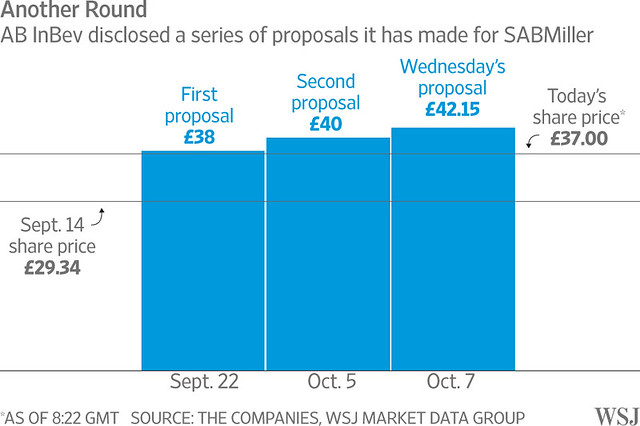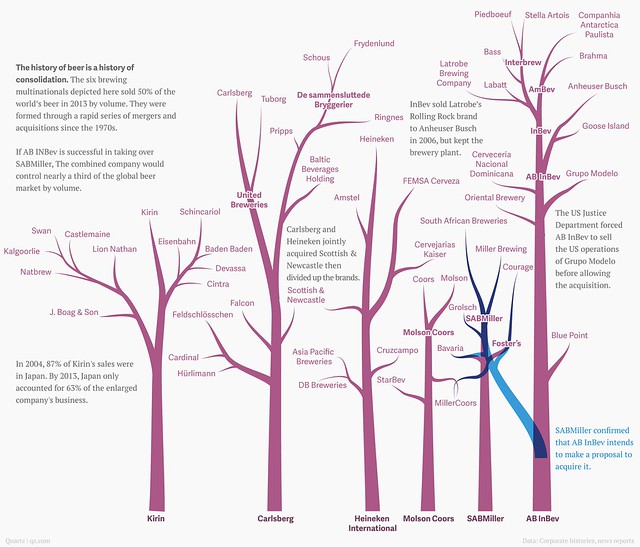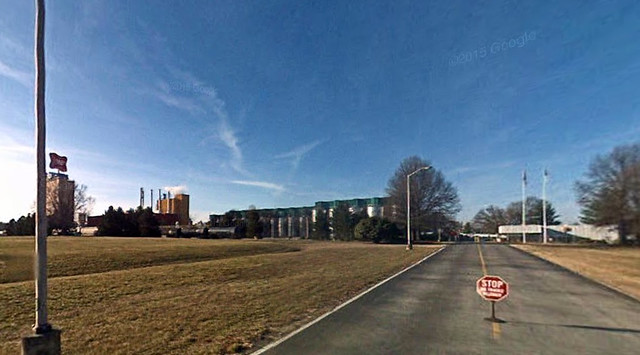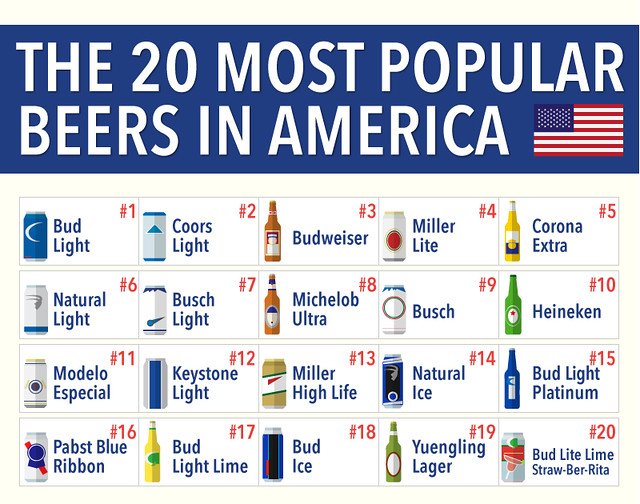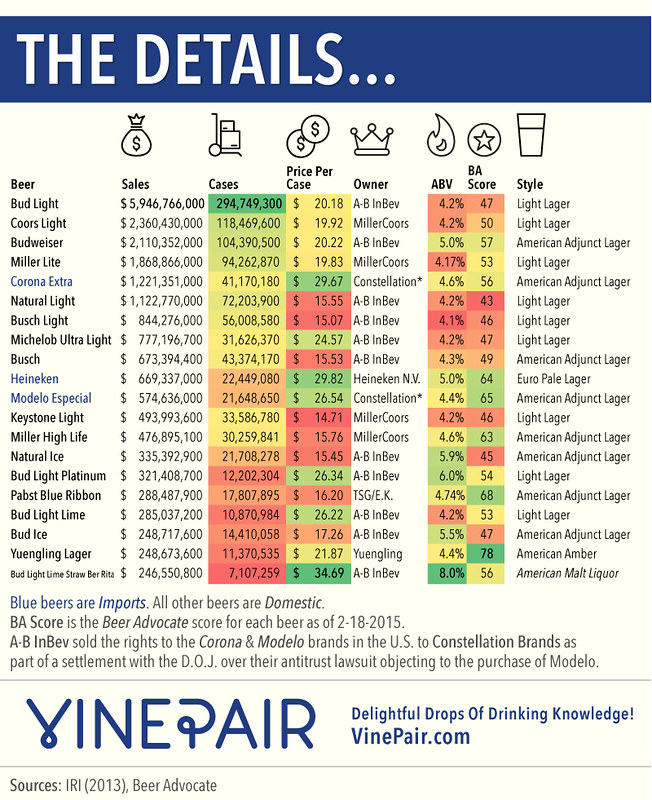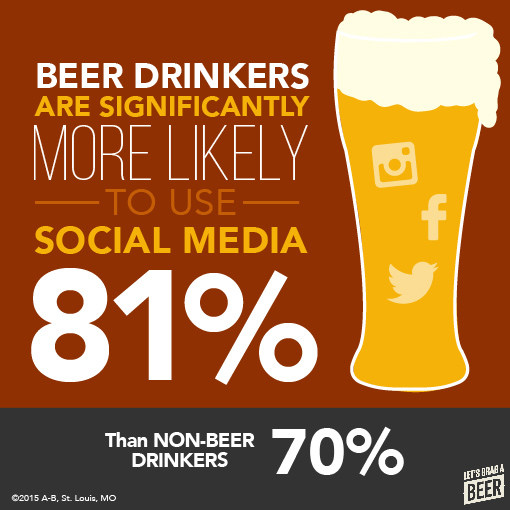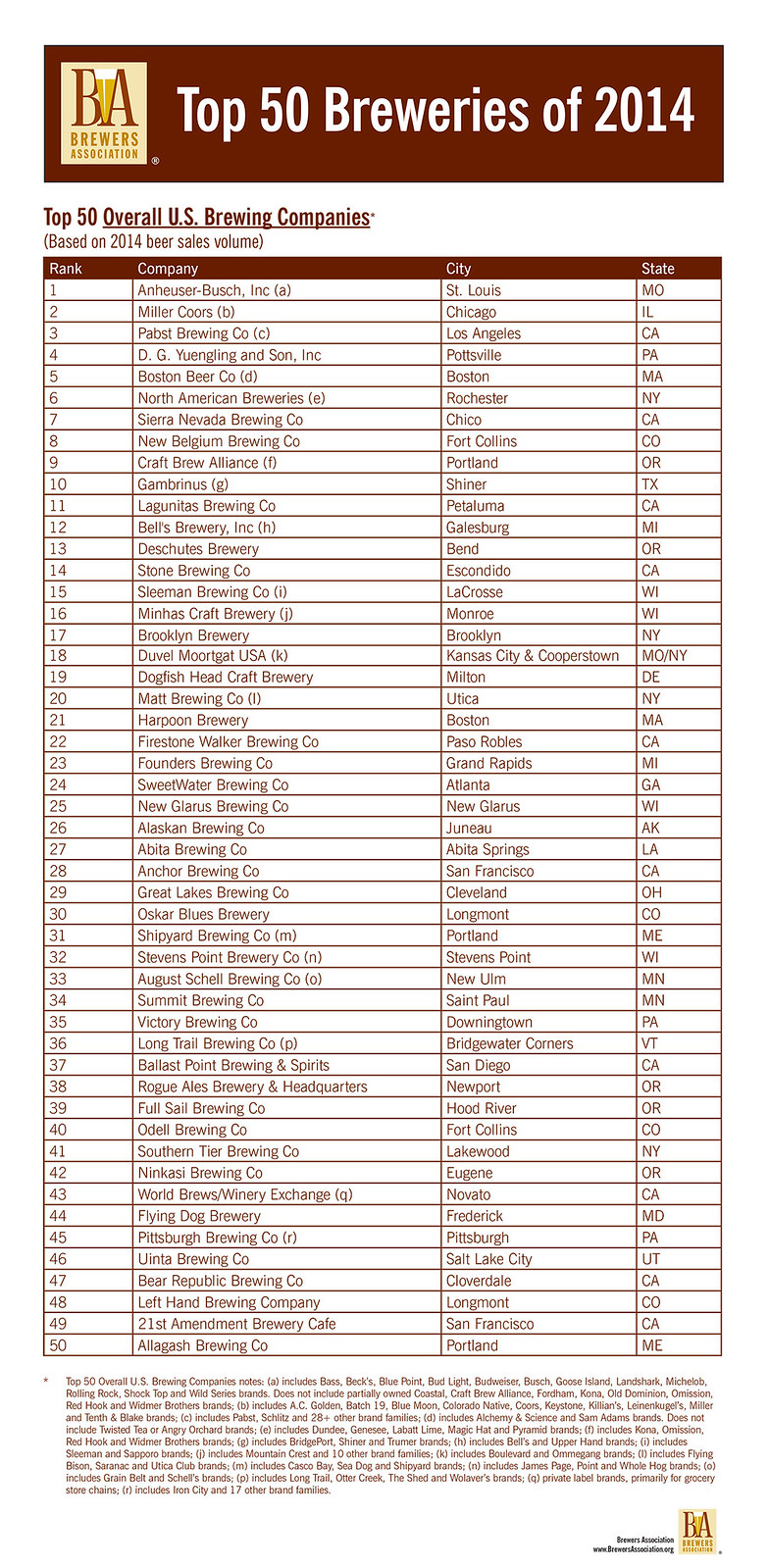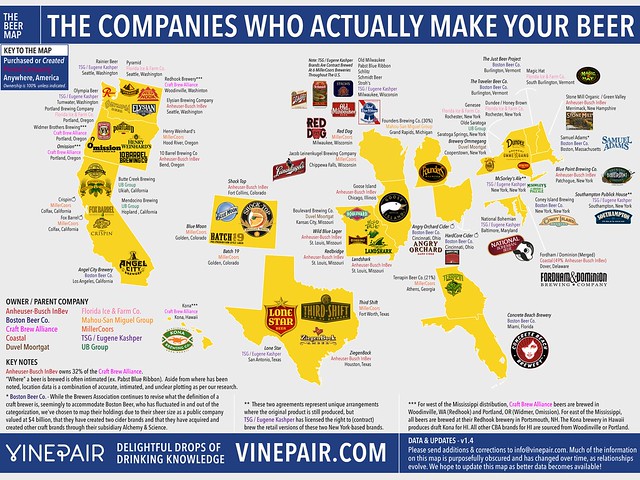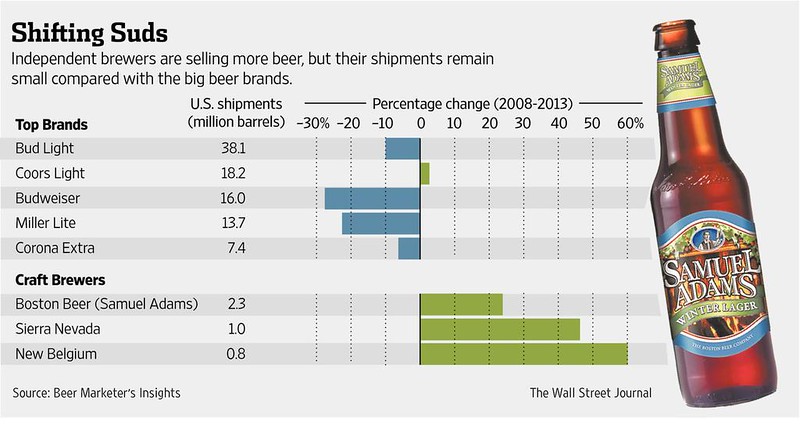
Niall, at the Missing Drink, has an interesting post about the possible buyout of SABMiller by Anheuser-Busch InBev. Entitled A Brief History of Big Beer, he provides some analysis of the deal, but I especially like his helpful chart of the M&A of all the major players, which is below. It’s great to see them laid out to encapsulate the history of those big deals, especially in recent decades.
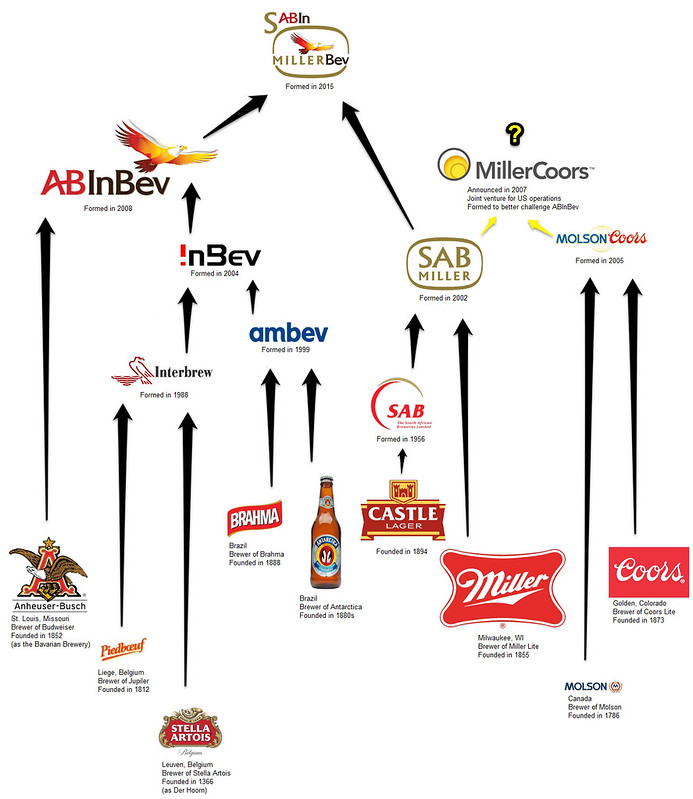
Click here to see the chart full size.
Here’s his clever take on what the newly minted entity might be called, and what a new alphabet soup logo might look like. It was genius taking the “AB” from ABI and putting it with the “S” from SAB. It certainly will be interesting to see what new name (and logo) does emerge if the deal ultimately goes through.
